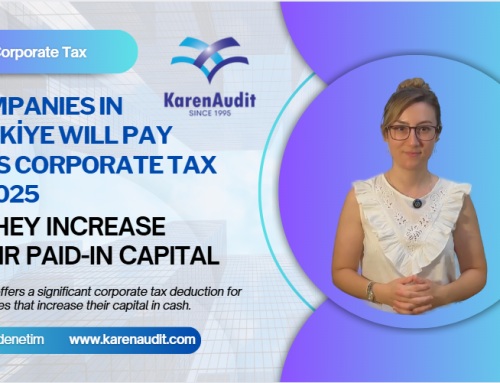May 24, 2024
In Q1 2024, hourly wages increased by 2.8% over a year, hourly costs by 3.0% in France
Economic context for estimating Labour Cost Indicators
In the first quarter of 2024, the wage bill paid by employers in the non-agricultural market sector (excluding services to households) increased significantly more than the number of hours paid by employers, so that hourly wages increased. Nevertheless, wage growth decreased compared to the previous quarter, in line with the decline in inflation. The profile of wage growth was also marked by the Value Sharing Premium (PPV) for which payments have dramatically fallen at the start of 2024 (in particular, the payments of this premium have been taxed since 1st January 2024): €490 million were paid to employees in the first quarter of 2024, much less than in the previous quarter (€2.3 billion) and than in the first quarter of 2023 (€1.2 billion).
In addition, the aid for hiring a young worker with a sandwich course contract, launched at the end of July 2020, contributed to labour cost variations until the first quarter of 2024. From January 2023, employers are eligible, under certain conditions, for aid of up to €6,000.
Slowdown in hourly wages and hourly costs in the first quarter of 2024
Year-on-year, hourly wages slowed down again in the non-agricultural market sector (excluding services to households): +2.8% in the first quarter of 2024, after +3.1% in the previous quarter. This was significantly less than its previous peak reached at the end of 2022 (+5.3%). This slowdown, in a context of lower inflation, was partly due to the lower payment of PPV over a year. In the first quarter, hourly wages were slightly more dynamic in industry (+3.1%) than in services (+2.7%) and construction (+2.1%).
Year-on-year, the hourly labour costs (wages and salaries, contributions, taxes net of subsidies) in the non-agricultural market sector (excluding services to households) increased by 3.0% in the first quarter of 2024, after +3.4% in the previous quarter. The difference in dynamism with hourly wages in the first quarter of 2024 was largely due to the profile of PPV payments, which is not subject to social security contributions: the year-on-year fall in bonus payments has had a greater impact on year-on-year wage growth than on labour cost growth.
Source: INSEE
Legal Notice: The information in this article is intended for information purposes only. It is not intended for professional information purposes specific to a person or an institution. Every institution has different requirements because of its own circumstances even though they bear a resemblance to each other. Consequently, it is your interest to consult on an expert before taking a decision based on information stated in this article and putting into practice. Neither Karen Audit nor related person or institutions are not responsible for any damages or losses that might occur in consequence of the use of the information in this article by private or formal, real or legal person and institutions.






